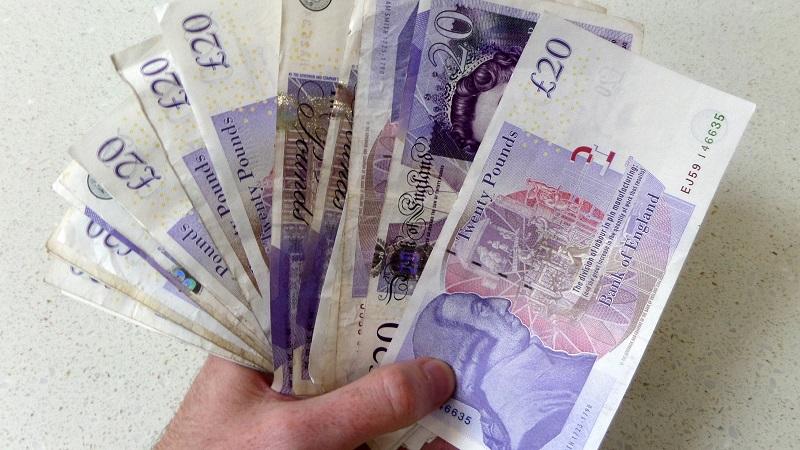Minister says ongoing transformation activities will help service levels return to ‘usual high standards’
Credit: HMRC
A total of 85% of customer service interactions with HM Revenue and Customs are now conducted digitally.
The remaining 15% are still handled by post and phone, according to financial secretary to the Treasury Lucy Frazer.
In a speech outlining “HMRC’s vision for the future”, the minister said ongoing “digital modernisation programmes will help improve service levels” that she admitted had lapsed below their “usual high standards during the pandemic”.
Departmental data published over the course of last year showed a marked drop in key performance metrics; by late 2020, average call-waiting times were 12 minutes 45 seconds, almost double the pre-pandemic figure. The proportion of online iForm enquiries answered within a week went from almost 90% to less than 50%.
“My first point here is that it’s been very apparent to me that HMRC workers care deeply about the people and businesses they serve. I’ve also seen how this is a highly innovative organisation brimming with creativity and technological expertise. And we can use this ingenuity to improve HMRC’s customer experience,” Frazer said. “But it’s also clear that HMRC needs to get the basics right. People need to have confidence that their calls will be answered promptly and their letters will get a timely response. And recently HMRC hasn’t achieved its usual high standards.”
Related content
- HMRC picks £5m partner to support programme to ‘transform customer interactions’
- HMRC picks boss for new transformation unit
- Interview: HMRC digital chief Jacky Wright on insourcing, inclusivity, and the ‘teething pains’ of transformation
Returning to those standards will be a “longer-term” benefit of the department’s ongoing transformation agenda.
“There’s further benefits too – enhanced resilience, readiness to support future crises and greater compliance,” she said.
The minister picked out three digital programmes of work as being of particular significance: Making Tax Digital; Real Time Information; and the Single Customer Account.
“Making Tax Digital… will be a real gamechanger, helping businesses to reduce errors, giving them greater interaction and guidance and providing the digital experience many have come to expect in their everyday lives,” she said.
The digital tax system is already used for businesses’ VAT returns; the implementation of MTD for Income Tax Self-Assessment was due to take place in April 2023 – but this has now been postponed by a year.
“The pandemic has… been immensely challenging for many firms,” Frazer said. “So, when you told us, this was the wrong time to impose a big change to the way businesses deal with their tax affairs – we listened.. this extra time will help businesses prepare, allow HMRC to test the pilot further and allow it to deliver the most robust service possible.”
The real-time information project allows businesses to transfer information to government every time an employee is paid – eliminating the need to provide forms at the end of the year
“Real time information will bring the tax system into the iPhone age – giving people more up to date information about their tax affairs and cutting the chance of mistakes,” the minister said. “Beyond this, real time information has a part to play in addressing a long-standing problem. Right now, many people pay their tax long after the income was originally received – making it harder for them to manage cash flow.”
The single customer account project, meanwhile, is intended to give citizens “a single point through which taxpayers can interact with HMRC”.
“This will mean that HMRC advisers can see what the customer is seeing – allowing them to give tailored support,” Frazer said.
“There are still some areas of its online experience that customers can find frustrating… the single customer account will also help to tackle the issues some people say they experience when trying to pay their tax online, like being able to find log-in details for different Government Gateway accounts. Or working their way through pages of information that doesn’t relate to their circumstances and which can make it harder to understand what they owe. And I’m pleased that HMRC secured [£136m of] funding at the Spending Review to get this valuable initiative off the ground.”
Frazer also claimed that Making Tax Digital was supported by funding from the spending review, which also provided “£468m to continue modernising the tax system”.
“HMRC’s vision for the future… [is] a future where it’s easier to pay and collect tax because the system works for all,” she said. “A future where people and businesses trust HMRC – to provide them with the service that they need and that they deserve. And a future where HMRC’s modernisation work means the organisation is ready to deal with the demands of the modern world.”



